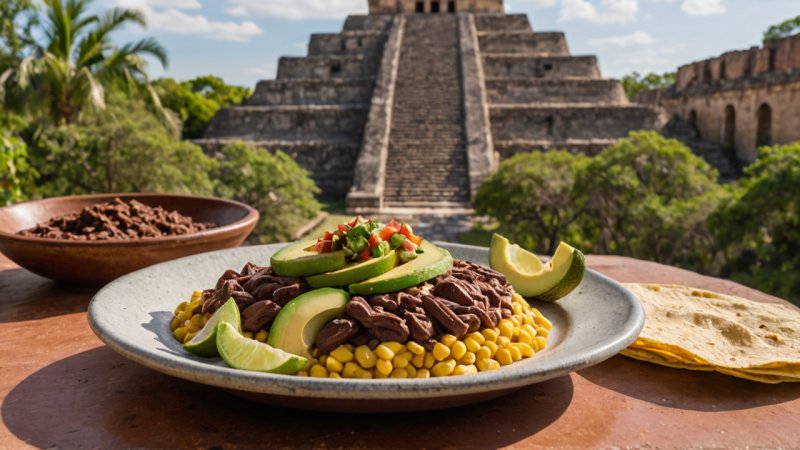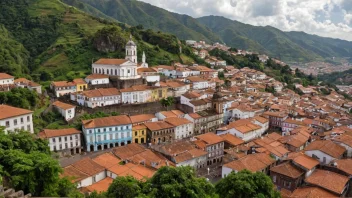1. Corn: The Sacred Grain
Corn was not just a staple food for the Aztecs and Mayans; it held spiritual significance. The ancient civilizations revered corn as a gift from the gods, and it played a central role in their diet and culture. Corn is used in various forms, from tortillas to tamales, and remains a cornerstone of Mexican cuisine today.
2. Chocolate: The Divine Beverage
The Aztecs were among the first to cultivate cacao and transform it into chocolatl, a frothy, bitter beverage. This drink was often flavored with spices and reserved for the elite. Today, chocolate is enjoyed worldwide, but its rich history traces back to these ancient civilizations.
3. Chiles: The Heat of the Earth
Chiles are integral to the culinary traditions of the Aztecs and Mayans. These spicy peppers add depth and flavor to dishes. Varieties such as jalapeño, poblano, and habanero can be found in numerous recipes, showcasing their enduring legacy in Mexican cuisine.
4. Beans: The Protein Powerhouse
Beans were a vital source of protein for the Aztecs and Mayans, often paired with corn to create a complete meal. Black beans, pinto beans, and kidney beans are still staples today, featured in everything from soups to tacos.
5. Amaranth: The Superfood of the Ancients
Another important crop was amaranth, which was highly valued for its nutritional properties and versatility. It can be used in salads, soups, and even baked goods, making it a fantastic addition to modern diets.
6. Avocado: The Creamy Delight
“The avocado is a food that should be eaten with reverence.”
Rich in healthy fats and nutrients, the avocado was cultivated by the ancient peoples and is now a beloved ingredient worldwide. It can be enjoyed in various ways, from guacamole to salads.
7. Cacao: More Than Just Chocolate
Cacao was not only used for beverages but also ground into a paste for ceremonial purposes. It played a crucial role in rituals and offerings, highlighting the spiritual connection between food and culture.
8. Traditional Cooking Methods: The Art of the Stone
The Aztecs and Mayans used comales (flat griddles) and metates (stone grinders) for cooking and processing their food. These traditional methods are still valued today and offer a unique flavor to dishes.
9. Herbal Remedies: Nature’s Pharmacy
Many herbs and plants were used by the Aztecs and Mayans for medicinal purposes. Ingredients like cinnamon, oregano, and peppermint were incorporated into recipes, reflecting a deep understanding of the healing properties of food.
10. Festivals and Food: Celebrating with Flavor
Culinary traditions were often intertwined with festivals. The Day of the Dead and Harvest Festivals are modern-day celebrations that continue to honor the rich gastronomic heritage of these ancient cultures.
In summary, the gastronomic heritage of the Aztecs and Mayans is a vibrant tapestry of flavors, ingredients, and traditions that continue to influence modern cuisine. From sacred corn to spicy chiles, their contributions to the culinary world are profound and enduring. Exploring this heritage not only enriches our culinary experiences but also connects us to the history and culture of these remarkable civilizations.






